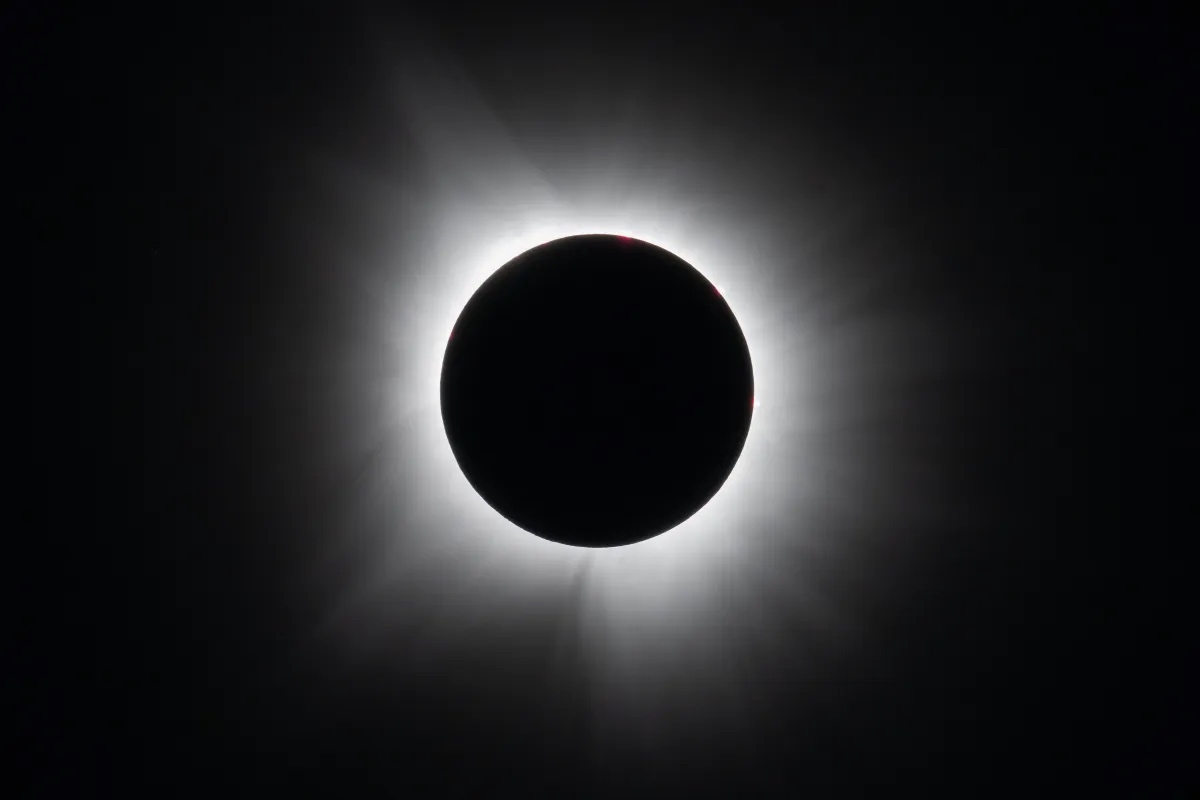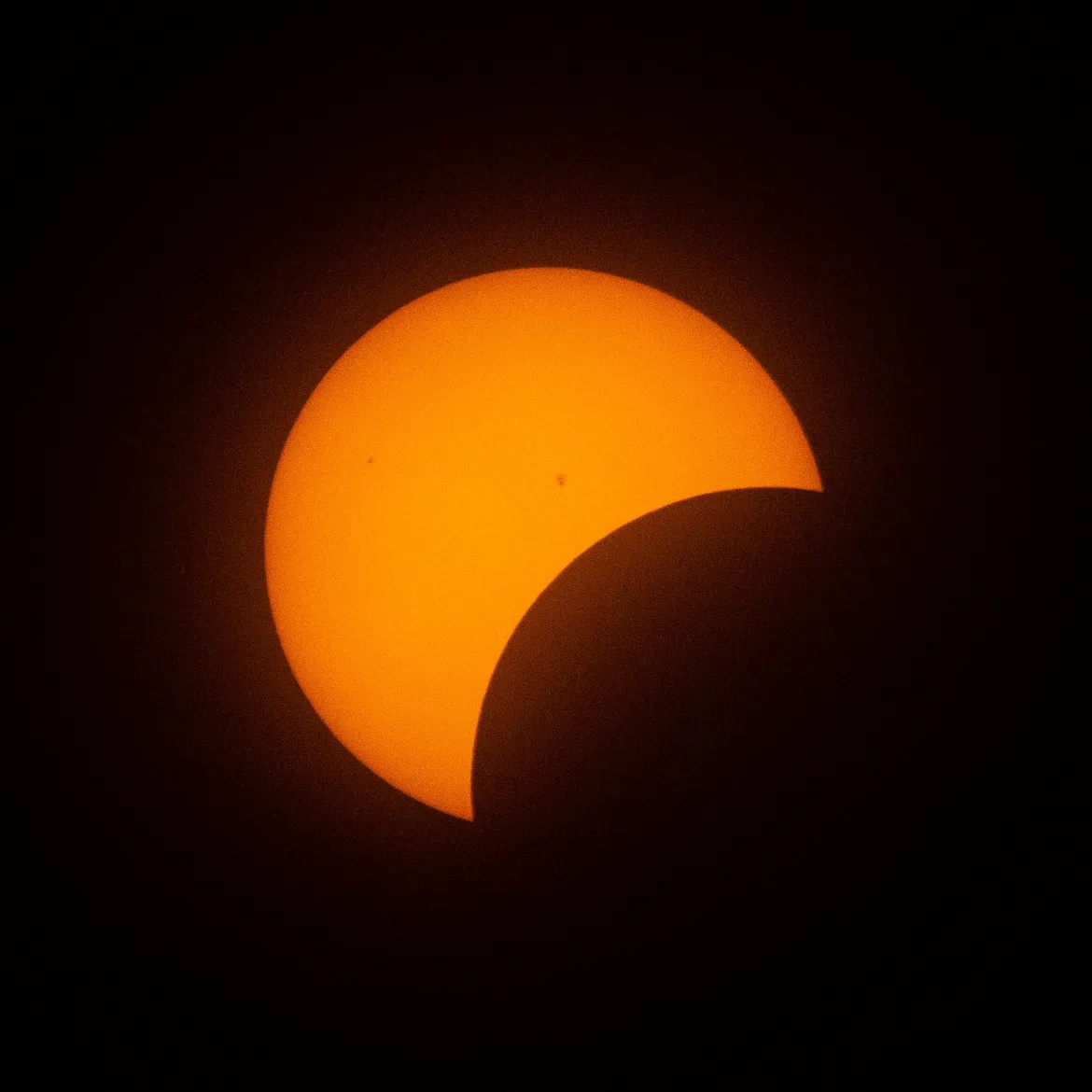A total solar eclipse took place over North America on Monday, April 8 at approximately 10:16 a.m.
According to NASA, a solar eclipse is an astronomical event that occurs when “the moon passes between the sun and Earth, completely blocking the face of the sun.”
Although Californians were not in the path of totality, many still witnessed a partial eclipse, when the moon blocked a portion of the sun’s surface.
SSU astronomy professor Thomas Targett said, “In Sonoma County, around 25 to 30% of the sun’s surface will be obscured by the moon at its peak. You probably would not even notice it if just walking about, light levels will be almost indistinguishable from normal.”
The event had sparked anticipation, attributed to its rarity, with the last occurrence of one in the United States dating back to Aug. 2017. Before that, there had not been a total solar eclipse visible in North America since 1979.
Third-year communications major Fernanda Rodriguez believes the hype surrounding the eclipse is warranted. “This kind of thing is so rare and I’m fascinated by anything that happens way out in space that we can see here on Earth,” Rodriguez said.
In order to witness the eclipse in totality, many Americans chose to travel to states like Ohio, Texas, Illinois and New York. According to Vox, it was predicted that up to 4 million people were expected to make the journey to a state with a clear view of the phenomenon.
As for why the event is significant this year in particular, Targett said, “All total eclipses are similar in nature, the primary reason for interest in this one from our perspective is how much of North America gets a chance to see it.”
According to KQED, the path of this year’s eclipse crossed into many densely populated U.S. cities, which allowed more people to see it than in previous years. The eclipse also lasted longer than any other eclipse that has occurred in the United States in a century.
According to AP News, there were “massive hourslong traffic jams” in New England as people flocked to their destinations.
When viewing a solar eclipse, it is advised to wear proper eyewear. “Be sure never to look directly at the sun, always use suitable protective gear, such as eclipse viewing glasses or filters, to observe the sun at any time,” Targett said. According to the Los Angeles Times, the side effects for not using proper eye protection can result in permanent and irreversible eye damage or vision loss.
According to NASA, the next total solar eclipse that will be visible within the U.S. will occur Aug. 23, 2044. The next partial eclipse in the Bay Area will happen in 2029.





![[Both photos courtesy of sonoma.edu]
Ming-Ting Mike Lee stepped in as the new SSU president following Sakakis resignation in July 2022](https://sonomastatestar.com/wp-content/uploads/2024/04/CC4520AB-22A7-41B2-9F6F-2A2D5F76A28C-1200x1200.jpeg)





























